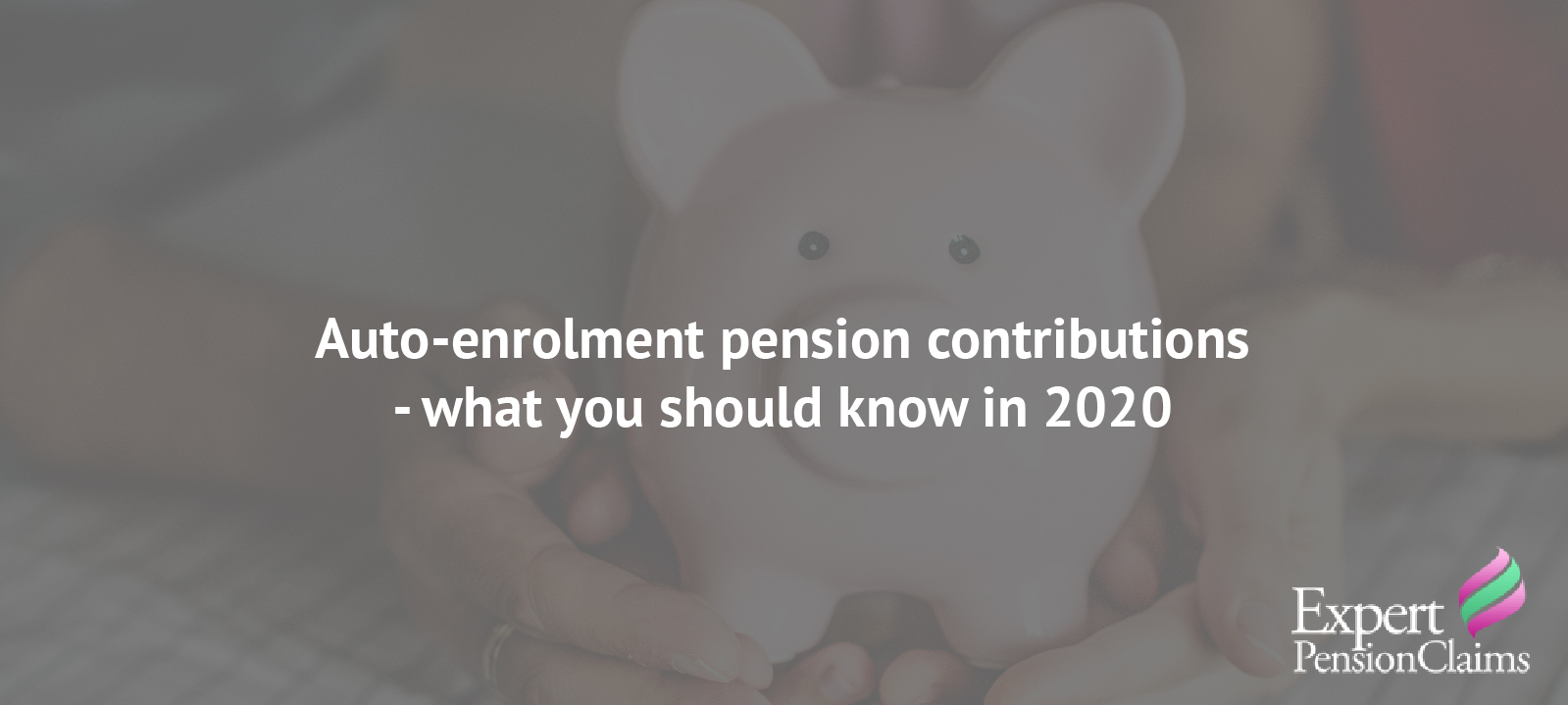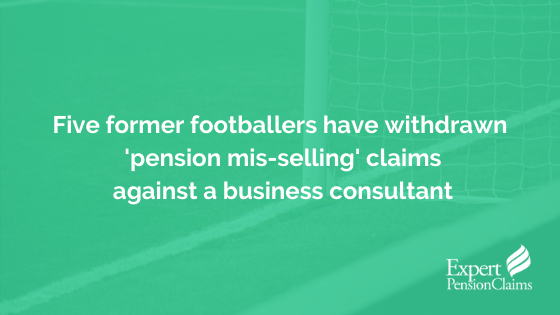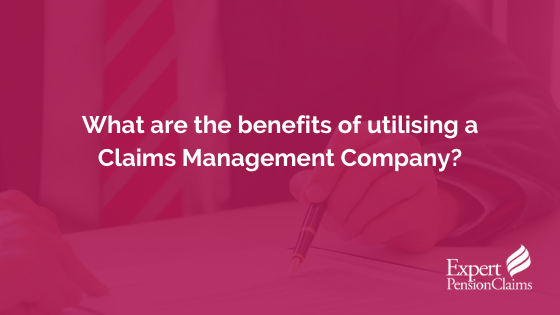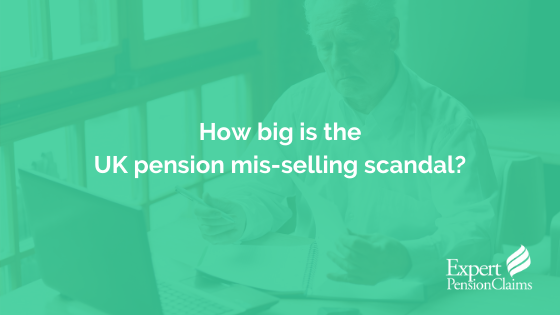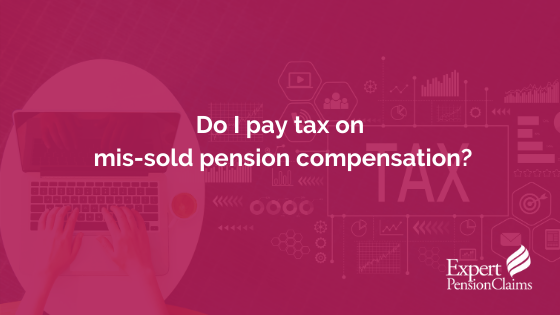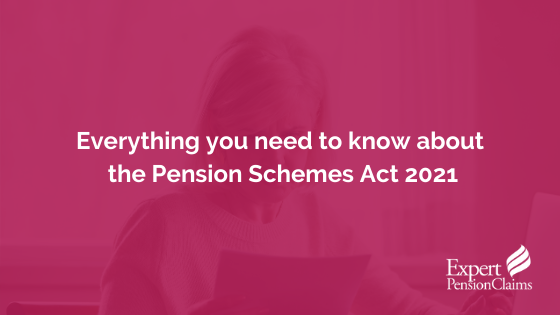Are you automatically enrolled into a workplace pension? From April 2019, the minimum amount you are required to pay in increased, but so did that of your employer, meaning your pension pot may have seen some changes in the past 12 months.
In this guide, we take a look at the most commonly asked questions around auto-enrolment, including any auto-enrolment contribution changes set for 2020 and what this could mean for you.
How do auto-enrolment contributions work?
Since February 2018, all UK employers were entitled to offer their employees a workplace pension plan. You would have been automatically enrolled in a plan by your employer if you:
- Are least 22 years old and are not of state pension age
- You are working in the UK
- You are earning a salary of at least £10,000
How much do I need to pay in?
Minimum pension contributions have been increasing over the years, with the latest increase taking place in April 2019. Currently, you pay in a minimum of 4% of your qualifying earnings into your workplace pension while your employer must pay in a minimum of 3%.
However, you and your employer can choose to pay more than this amount in, with some employers now deciding to match employee contributions.
Will minimum pension contributions increase in 2020/21?
As of yet, the government hasn’t set out any plans to reform the auto-enrolment system. However, politicians from all parties have hinted that a review of auto-enrolment may be necessary to keep the scheme afloat.
As we have also seen annual tax year increases, it’s likely the minimum pension contributions may increase slightly for both you and your employer. In previous years, we have seen the following increases:
| Tax year changes | Min. contribution required by you | Min. contribution required by your employer | Government tax relief | Total (amount paid into your pension monthly) |
| April 2019/20 | 4% of qualifying earnings | 3% of qualifying earnings | 1% of qualifying earnings | 8% of qualifying earnings |
| April 2018/19 | 2.4% of qualifying earnings | 2% of qualifying earnings | 0.6% of qualifying earnings | 5% of qualifying earnings |
| Up to April 2018 | 0.8% of qualifying earnings | 1% of qualifying earnings | 0.2% of qualifying earnings | 2% of qualifying earnings |
Pension planning for the future
The biggest perk of a workplace pension is the generous tax relief you’ll get on any money paid in. Plus, you’re also getting ‘free’ contributions from your employer. This could help you significantly when you reach retirement age. Ideally, you should pay as much as possible into your workplace pension.
Despite this, many still choose to invest elsewhere in order to save for retirement. Aside from the workplace pension, one of the most common pension investments is Self-Invested Personal Pensions (SIPPs). When investing in a SIPP, it’s important to always seek investment advice to ensure your investments are right for you.
What to do when you’re mis-sold a pension
Unfortunately, as SIPPs are becoming more common amongst pension investors like you, they are being increasingly mis-sold. For example, you may find you are forced into a SIPP that isn’t appropriate for you, or perhaps you weren’t given the opportunity to shop around. If you think you might have been mis-sold your SIPP, contact our expert team today. We can help you claim back what is rightfully yours, so you can continue with planning for your future. Simply fill out a quick claims form or call us on 0161 968 0768 to get started.


